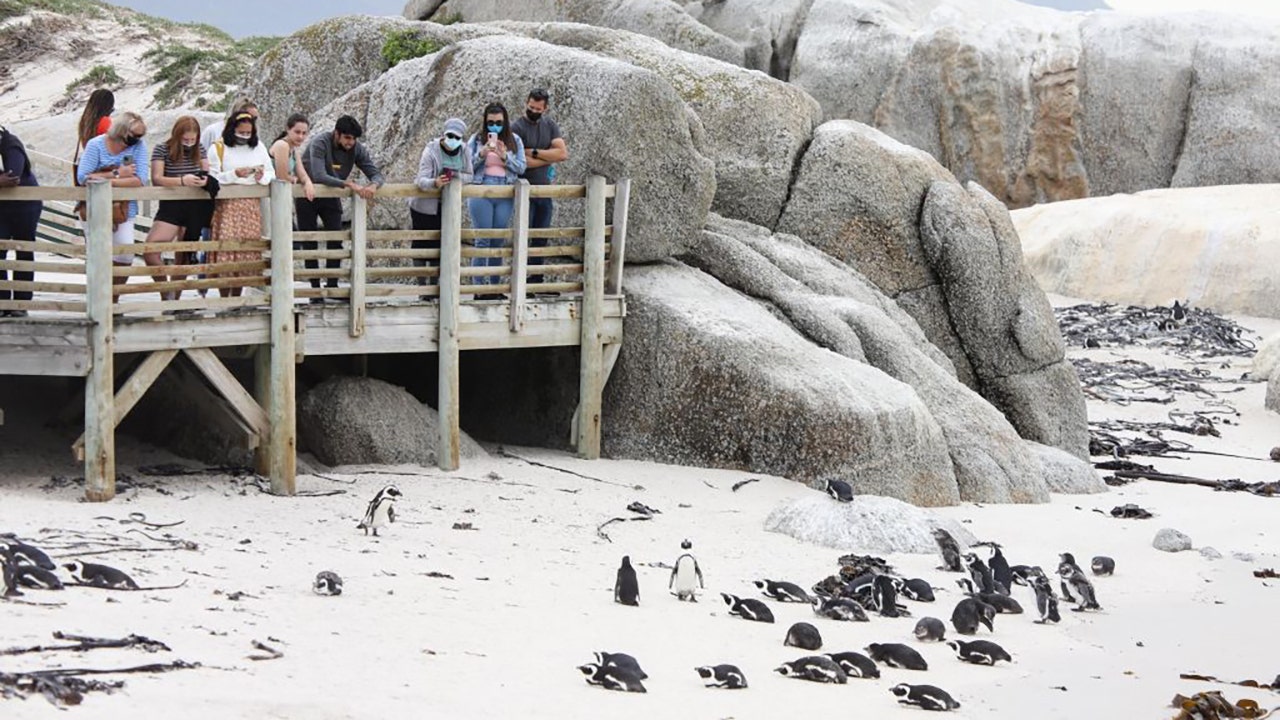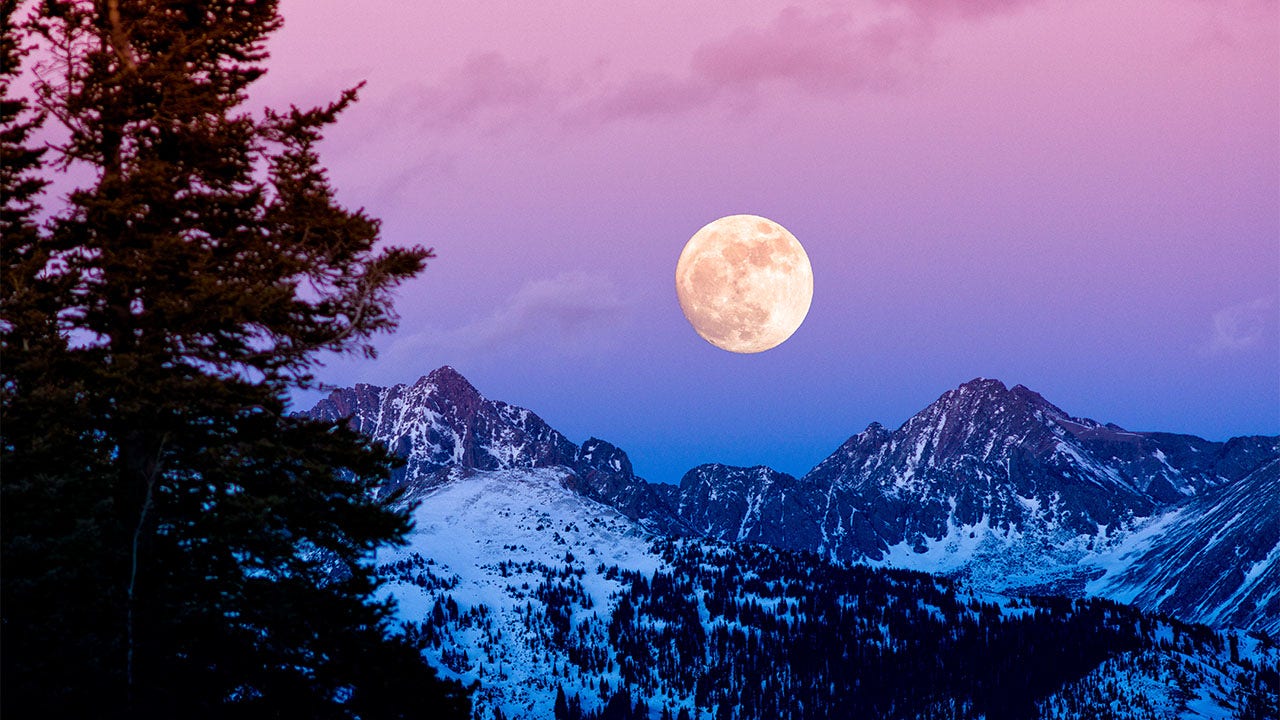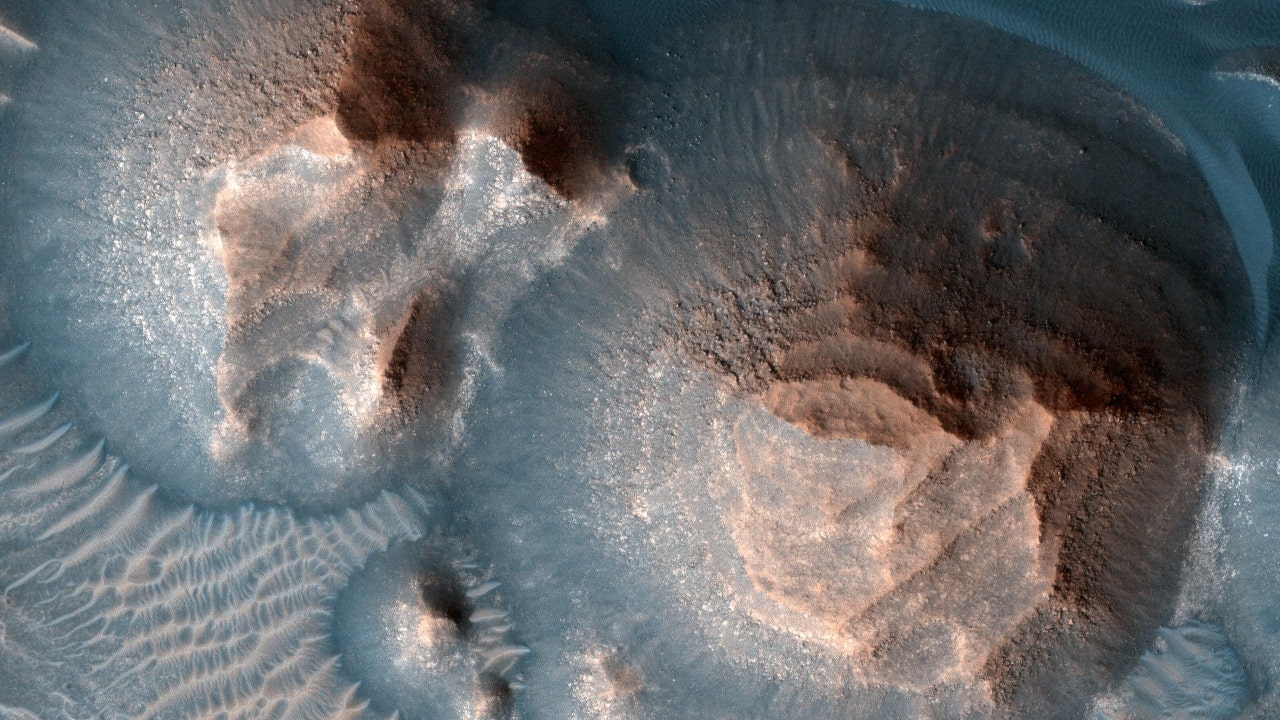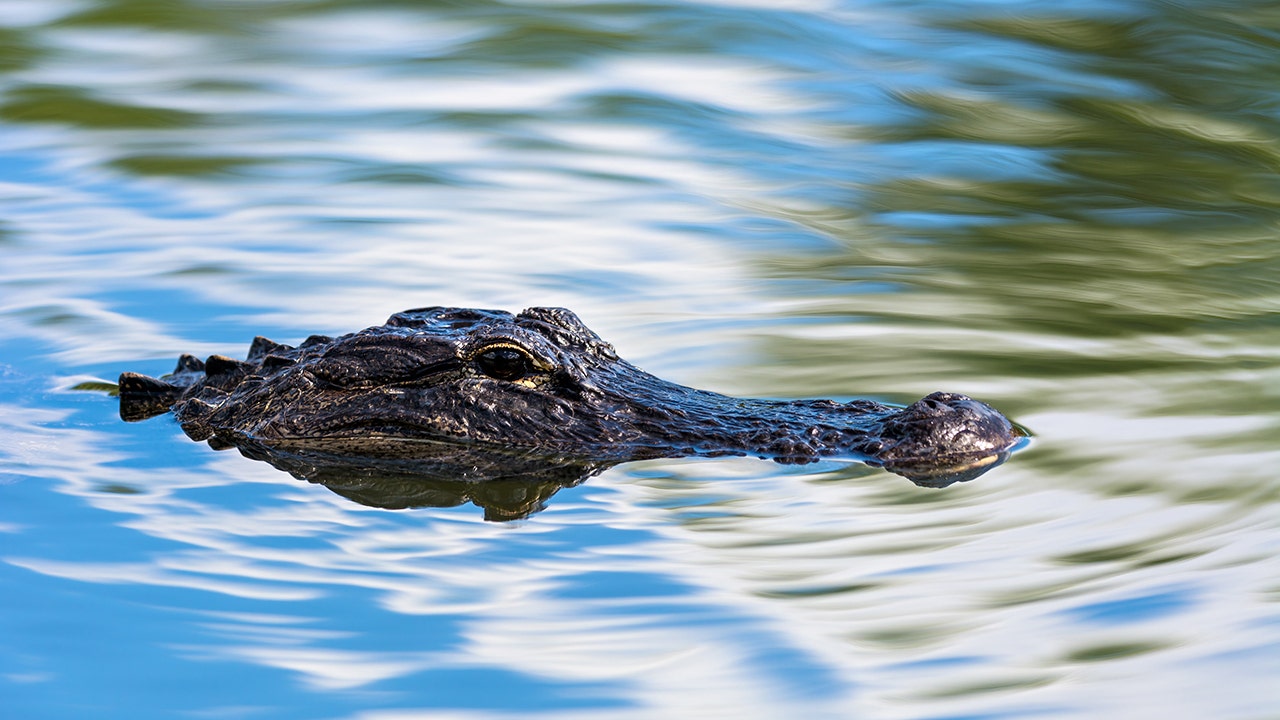Earth’s longer days kick-started oxygen growth: study
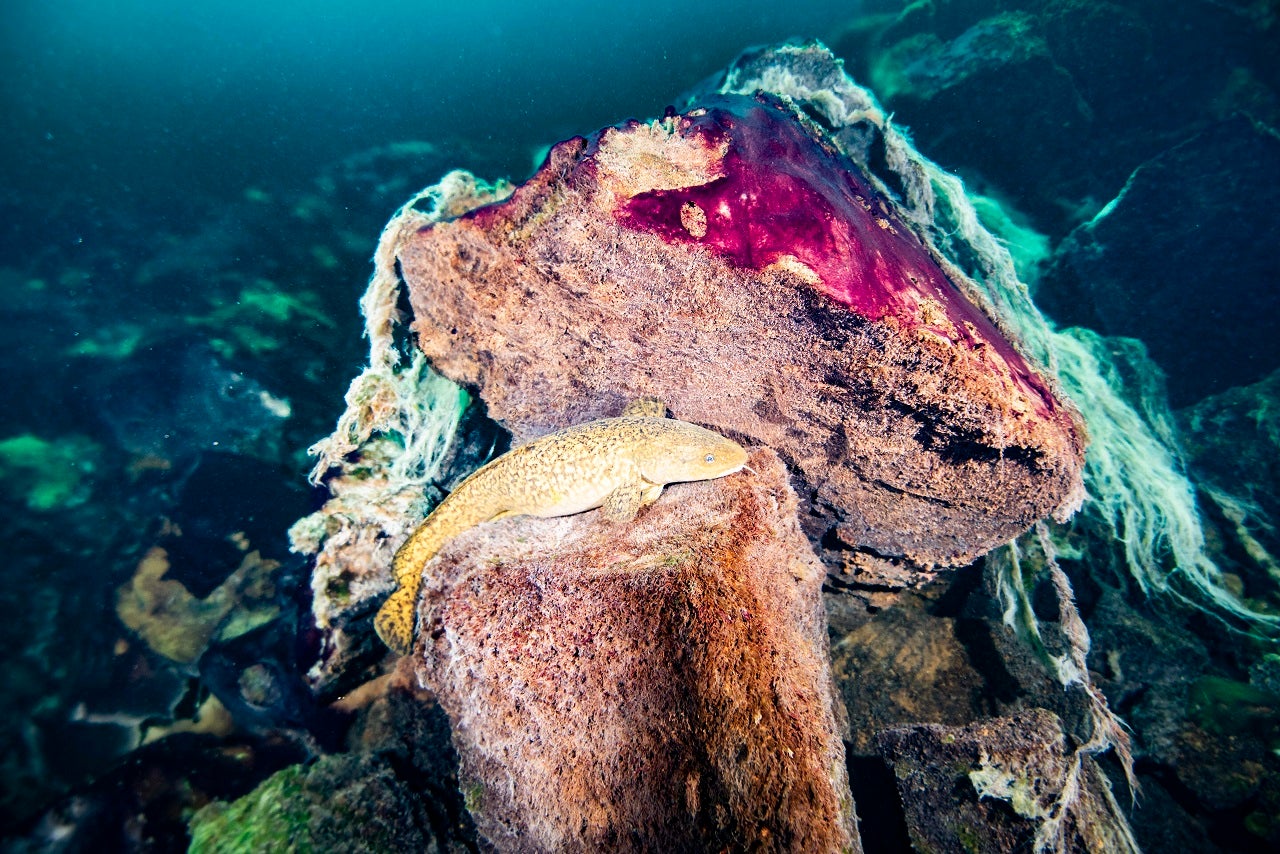
Scientists have a new idea for how Earth got its oxygen: It’s because the planet slowed down and days got longer.
A study published Monday proposes and puts to the test the theory that longer, continuous daylight kick-started weird bacteria into producing lots of oxygen, making most of life as we know it possible.
They dredged up gooey purple bacteria from a deep sinkhole in Lake Huron and tinkered with how much light it got in lab experiments. The more continuous light the smelly microbes got, the more oxygen they produced.
In this photo provided by the NOAA Thunder Bay National Marine Sanctuary a scuba diver observes the purple, white and green microbes covering rocks in Lake Huron’s Middle Island Sinkhole. Feel like days are just getting longer? They are and it’s a good thing because we wouldn’t have much to breathe if they weren’t, according to a new explanation for how Earth’s oxygen rich atmosphere may have developed because of Earth’s rotation slowing. Scientists provided evidence for this new hypothesis by lab testing gooey smelly purple bacteria from a deep sinkhole in Lake Huron. (Phil Hartmeyer/NOAA Thunder Bay National Marine Sanctuary via AP)
(NOAA Thunder Bay National Marine Sanctuary/AP)
SCIENTISTS FIND A ‘REAL LIFE’ PATRICK AND SPONGEBOB IN OCEAN EXPEDITION
One of the great mysteries in science is just how Earth went from a planet with minimal oxygen to the breathable air we have now. Scientists long figured microbes called cyanobacteria, were involved, but couldn’t tell what started the great oxygenation event.
Researchers in a study in Monday’s Nature Geoscience theorize that Earth’s slowing rotation, which gradually lengthened days from six hours to the current 24 hours, was key for the cyanobacteria in making the planet more breathable.
About 2.4 billion years ago there was so little oxygen in Earth’s atmosphere that it could barely be measured, so no animal or plant life like we know could live. Instead, lots of microbes breathed in carbon dioxide, and in the case of cyanobacteria, produced oxygen in the earliest form of photosynthesis.
At first it wasn’t much, but in only about 400 million years Earth’s atmosphere went to one-tenth the amount of oxygen we have now — a huge jump, said the study’s lead author, Judith Klatt, a biogeochemist at the Max Planck Institute in Germany. That oxygen burst allowed plants and animals to evolve, with other plants now joining in the oxygen-making party, she said.
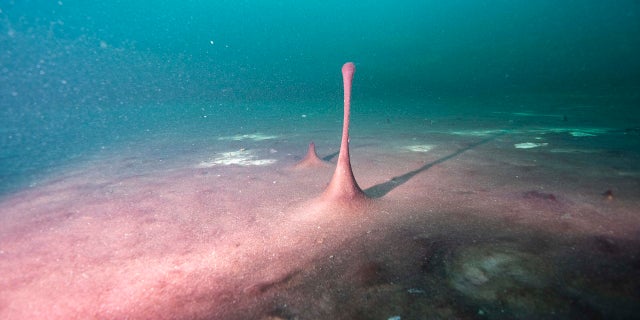
This June 19, 2019 photo provided by NOAA Thunder Bay National Marine Sanctuary shows purple microbial mats in the Middle Island Sinkhole in Lake Huron, Mich. Small hills and “fingers” like this one in the mats are caused by gases like methane and hydrogen sulfide bubbling up beneath them. Feel like days are just getting longer? They are and it’s a good thing because we wouldn’t have much to breathe if they weren’t, according to a new explanation for how Earth’s oxygen rich atmosphere may have developed because of Earth’s rotation slowing. Scientists provided evidence for this new hypothesis by lab testing gooey smelly purple bacteria from a deep sinkhole in Lake Huron. (Phil Hartmeyer/NOAA Thunder Bay National Marine Sanctuary via AP)
(NOAA Thunder Bay National Marine Sanctuary/AP)
FIREBALL BLAZES ACROSS TEXAS SKY
But why did the bacteria go on the oxygen making binge? That’s where University of Michigan oceanographer Brian Arbic comes in. He studies tidal forces on Earth and how they’ve slowed Earth’s rotation. Arbic was listening to a colleague’s lecture about cyanobacteria and he noticed that the oxygen event coincided with the timing of Earth’s days getting longer. The planet’s rotation slows because of the complicated physics of tidal friction and interaction with the moon.
The Michigan and German researchers put their theory to the test with bacteria similar to what would have been around 2.4 billion years ago. They used purple and white mats of cyanobacteria living in an eerie world of the sinkhole nearly 79 feet deep in Lake Huron.
ASTEROID THE SIZE OF GIZA PYRAMID, TAJ MAHAL TO PASS ‘CLOSE’ TO EARTH
“We actually imagine that the world looked kind of like the Middle Island sinkhole for most of its history,” Klatt said.
Divers brought up the gelatinous carpets of bacteria, which smell like rotten eggs. Klatt and colleagues exposed them to varying amounts of light, up to 26 straight hours. They found that more continuous light caused the microbes to produce more oxygen.
The study authors and outside scientists said this is just one possible but plausible explanation for Earth’s oxygen increase.
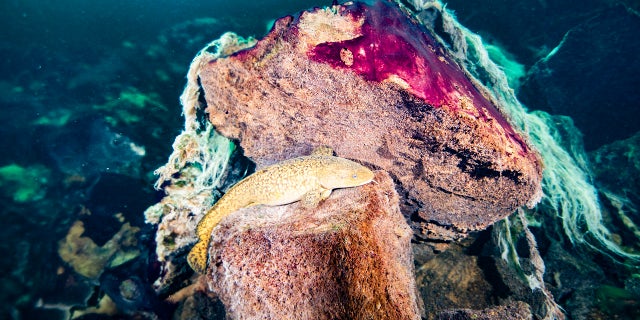
This photo provided by the NOAA Thunder Bay National Marine Sanctuary shows a burbot fish resting on rocks covered in purple and white microbial mats inside the Middle Island Sinkhole in Lake Huron, Mich. Feel like days are just getting longer? They are and it’s a good thing because we wouldn’t have much to breathe if they weren’t, according to a new explanation for how Earth’s oxygen rich atmosphere may have developed because of Earth’s rotation slowing. Scientists provided evidence for this new hypothesis by lab testing gooey smelly purple bacteria from a deep sinkhole in Lake Huron. (Phil Hartmeyer/NOAA Thunder Bay National Marine Sanctuary via AP)
(NOAA Thunder Bay National Marine Sanctuary/AP)
CLICK HERE FOR THE FOX NEWS APP
What makes the idea so impressive is that it doesn’t require any big biological changes in bacteria or the world’s oceans, said Tim Lyons, a professor of biogeochemistry at the University of California, Riverside, who wasn’t part of the research team.

